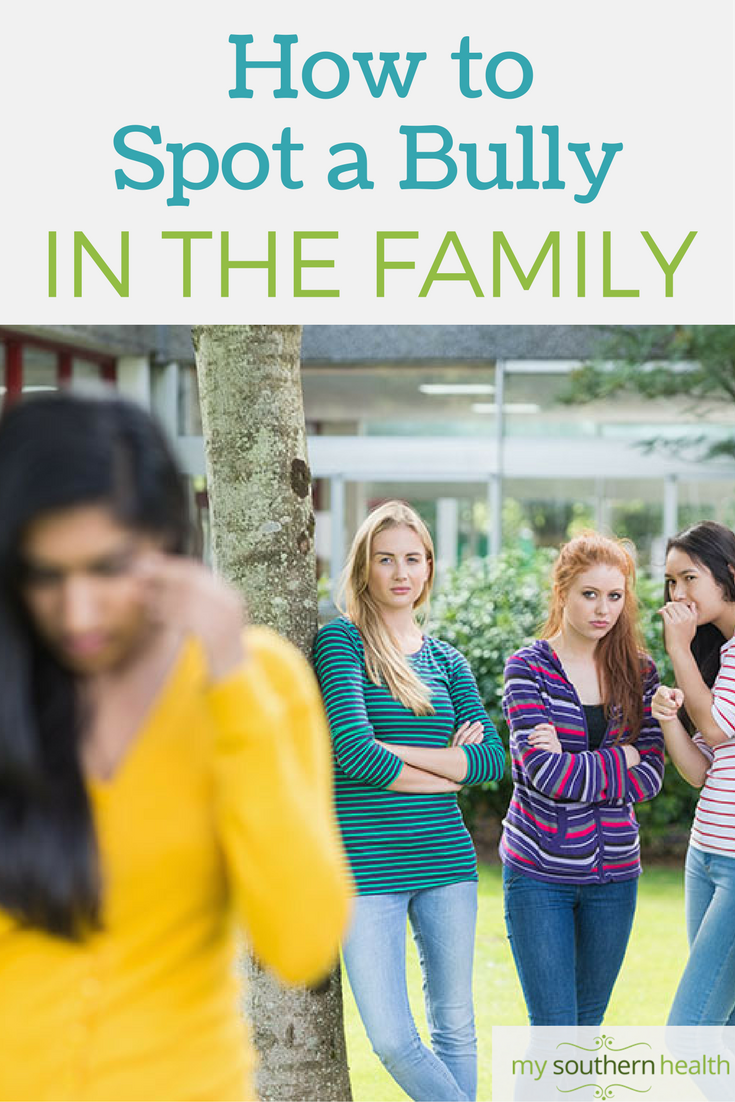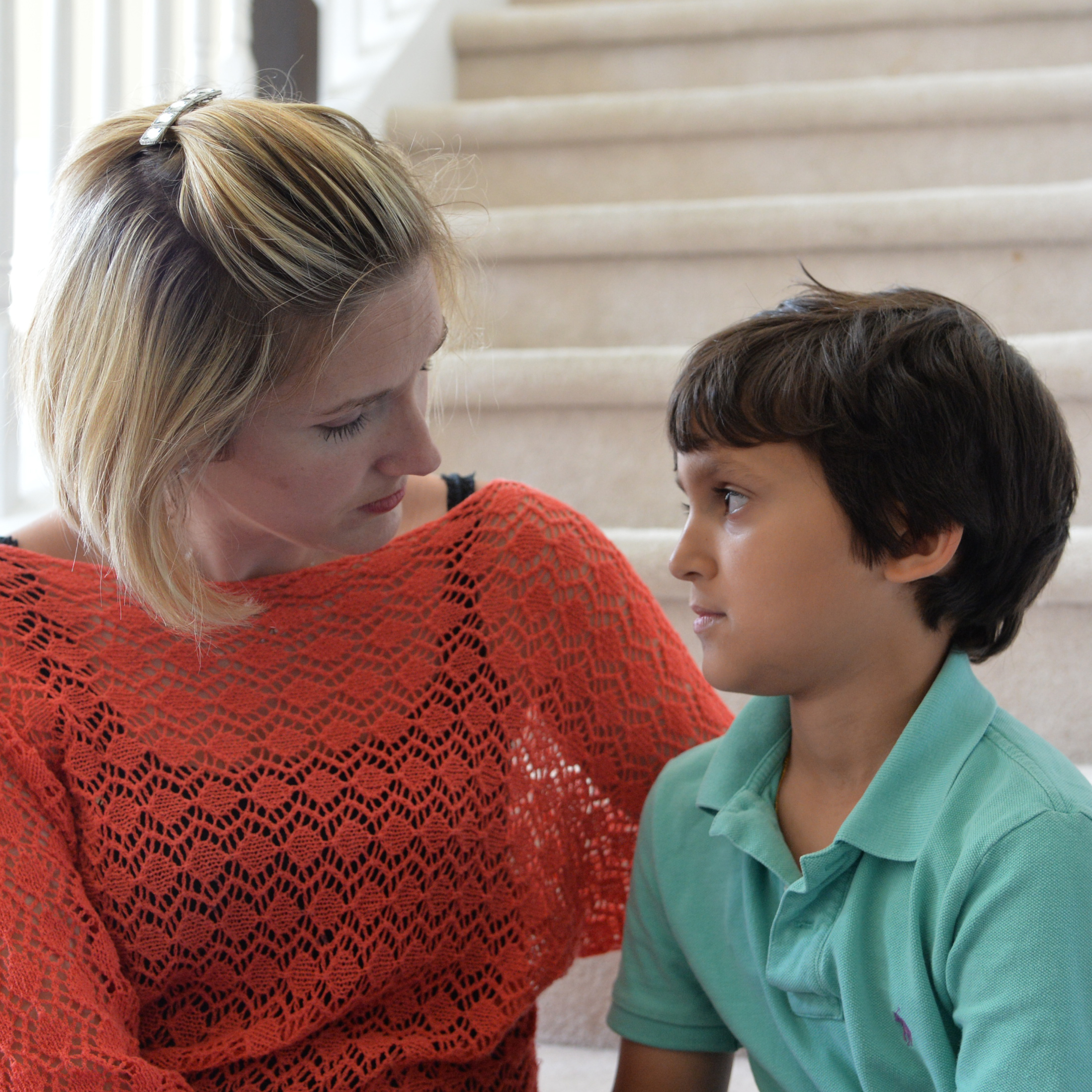It’s not just the victims of bullying who may have lasting emotional problems. Here’s what to do if your child is the bully.
Nobody wants his or her child growing up to become the internet troll. You know the ones — always making hateful, snarky comments online to people they don’t even know. Cyberbullying has become insidious, and it doesn’t likely appear out of nowhere. It’s quite possible these cyberbullies were bullies as children.
Could something have been done?
If it was your child, would you know what to do?
Most parents are reluctant to believe their children could ever be bullies — but clearly, it happens. Seth Scholer, M.D., MPH, Associate Professor of Pediatrics at Monroe Carell Jr. Children’s Hospital at Vanderbilt, says there are a number of factors that can influence a child’s behavior.
“Risk factors can include exposure to stressors such as inappropriate parenting, domestic violence and lack of family support,” Scholer says. “Bullies tend to be aggressive, want to dominate others, think poorly of others, have difficulty following rules and view violence as a solution to life’s challenges.”
As with so many childhood problems, early intervention is key.
“I am convinced that beginning in the preschool years, one of the most important questions that parents should be asked is the following: “Assume you see one young child hit another. What are you going to do?”
“This is an important question because it addresses childhood aggression, one of the strongest risk factors for violence later in life, and it opens the door to learning about healthy discipline strategies,” Scholer says.
The warning signs
According to stopbullying.gov, which Dr. Scholer identifies as one of the best free resources available on the topic, there are several warning signs that your child may be acting like a bully. If he or she:
● Gets into physical or verbal fights;
● Has friends who bully others;
● Is increasingly aggressive;
● Gets sent to the principal’s office or to detention frequently;
● Has unexplained extra money or new belongings;
● Blames others for problems;
● Doesn’t accept responsibility for actions;
● Is competitive and worries about reputation or popularity.
This child may be headed into dangerous territory.
“A bully repeatedly displays hurtful behavior in the context of an imbalance of power,” Scholer says. “It is not bullying when people of with the same status, strength and abilities quarrel or fight.”
Bullying typically peaks in middle school and high school, he says, but can certainly extend into adulthood. We already know that being bullied can leave lasting emotional scars. But what are the emotional risks for children who do the bullying?
“Being a bully is associated with antisocial personality disorder and criminal behaviors later in life. Many children who bully are also victims at times,” says Scholer. “Being involved as both a bully and a victim is associated with anxieties, depression, decreased academic performance and suicidal ideation and attempts.”
Solutions to explore
There are many parenting practices that can shore up appropriate behavior, and some that may contribute to unwanted behaviors such as bullying, Scholer says.
“Parents should avoid spanking, yelling, shaming and humiliation, as these responses are associated with health problems later in life,” he says. “Parents should know that some of the best responses include setting the rule/limits (i.e. no hurting others), redirecting aggressive behaviors toward positive behaviors, promoting empathy and, when children can understand, having discussions with their children about why certain behaviors are important.”
It’s important to note that children imitate the behaviors they’re exposed to, so it’s important for parents and caregivers to model the behaviors they want to instill in children, such as kindness and respect. Treating others with kindness and respect will send a much more powerful message than telling children to treat others that way.
Parents should have discussions about bullying and why it’s not acceptable behavior. “Parents should not to ignore the problem, thinking that it will resolve by itself,” he says. “Especially for ongoing bullying behavior, schools should be involved. Depending upon the severity and the duration of the bullying, parents should also seek an assessment by a healthcare or mental health professional.”
And it is crucial to have a good relationship dynamic between parent and child. If you’re not connecting with your children, seeking family counseling can be very helpful, Scholer says.
For more information
Scholer recommends www.stopbullying.gov as one of the best resources related to bullying. You can also read up on healthy parenting behaviors at www.playnicely.org.


How to tell if a child is being bullied: Click here to read about how to recognize the signs of bullying and know what to do if a child is experiencing violence or harassment.

